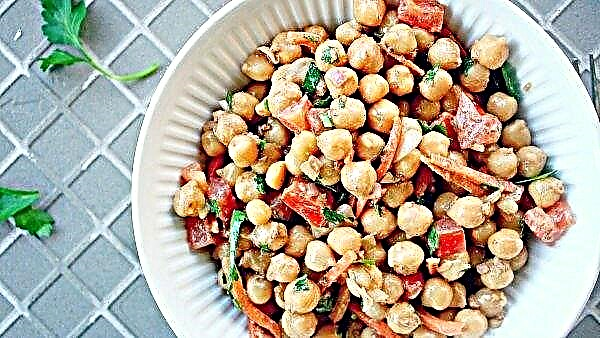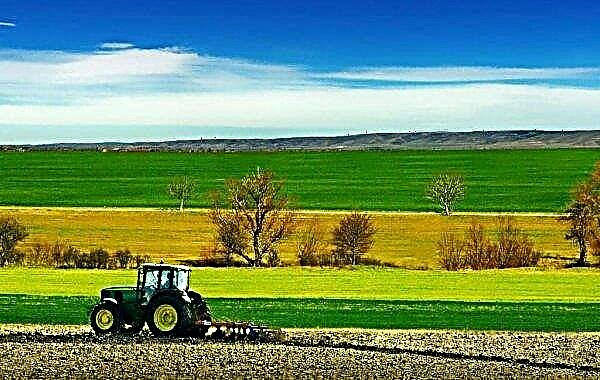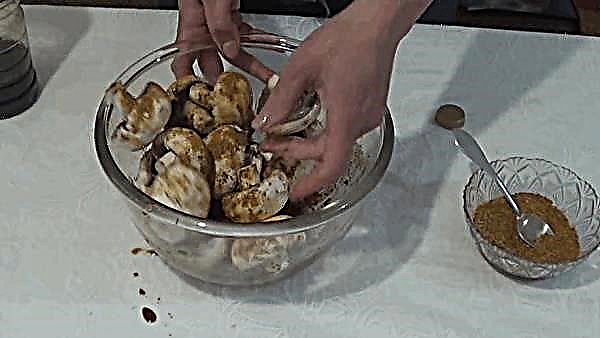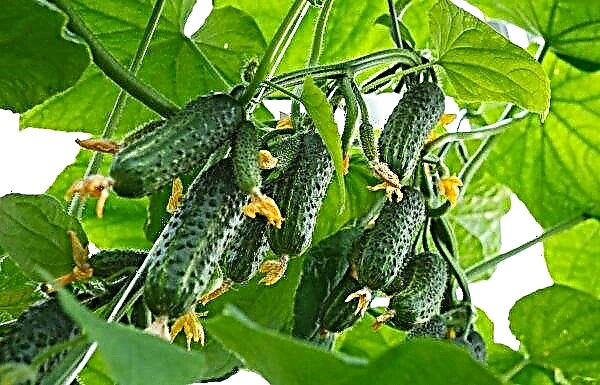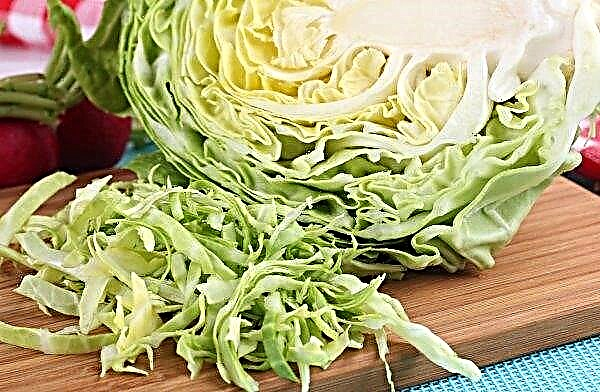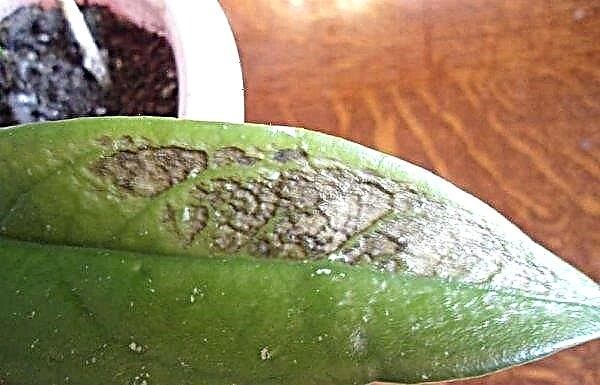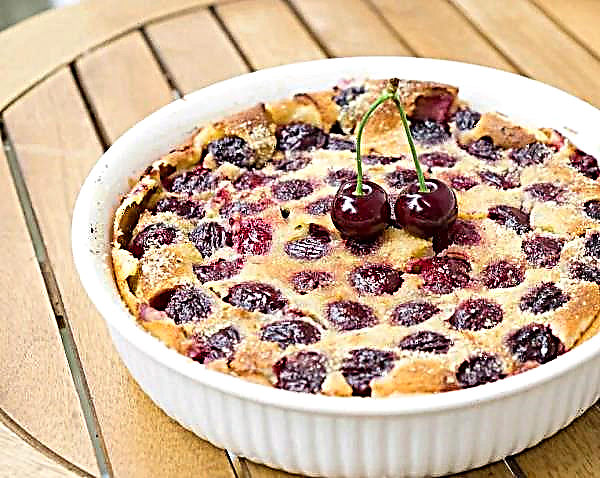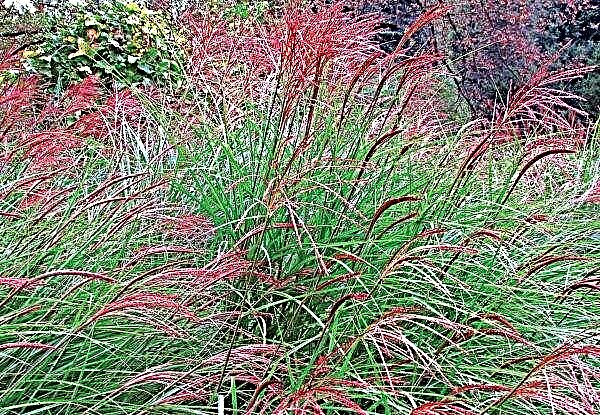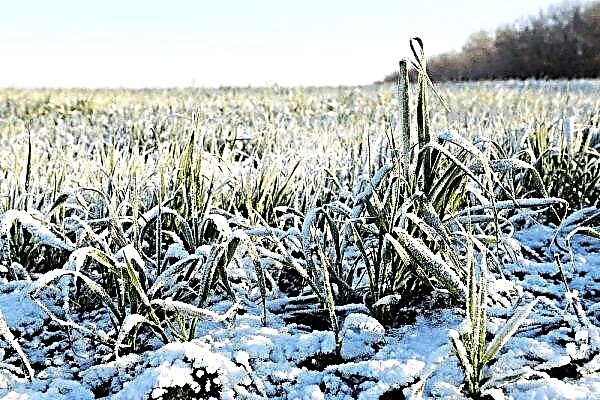Creating their own garden, many professionals and amateurs are often inspired by the works of Japanese masters of landscape design who create green areas full of harmony and beauty. From the article you will learn about how you can make a nivaki-style composition from juniper yourself.
Juniper varieties for bonsai and nivaki
The literal translation of the Japanese expression "Niwaki" means "garden tree", in contrast to "bonsai" - "potted tree". Nivaki are large and light forms of plants that are rooted in the ground. Bonsai are small and complex configurations that remain in pots for home collections. 
These two techniques, which seem like a stylized and dwarfed parody of real plants, are united by a Japanese obsession with miniaturization. The result is a well-groomed garden sculpture, reflecting the given form and symmetry.
Nivaki is an interesting element of landscape design for organizing an oriental-style garden, as well as in small areas where you have to place everything compactly due to insufficient space. A well-executed nivaki seems asymmetrical, but at the same time perfectly balanced.
For garden projects planned for the long term, the following varieties of juniper are used, both vertical and creeping:
- Cossack (sabina) - grows in the form of a creeping shrub up to 1.5 m or a tree up to 6 m;
- scaly (squamata) - low bushes of 1.5 m, needles are blue, hard;
- ordinary (communis) - various modifications in the form of shrubs and trees, dwarf and weeping varieties are bred, the annual growth is small, which makes it easier to give and maintain shape;
- Chinese (chinensis) - a creeping rounded shrub or columnar tree, the needles are dark green;
- coastal (conferta) - a dwarf spreading species with creeping shoots, slowly growing;
- horizontal (horizontalis) - creeping bushes up to 50 cm in height, the color of the needles is green, blue, gray;
- rocky (scopulorum) - creeping compact look that does not need extreme pruning;
- hard or hard (rigida) - a tree or shrub, ascending branches, dense needles, prickly, yellowish-green;
- Virginia (virginiana) - tolerates drought, suitable for cultivation in the southern regions;
- pfitzer (pfitzeriana chinensis) - a hybrid of Cossack and Chinese, annual growth - 50 cm, the color shades of needles are light green and yellow.

These varieties differ in shape and color, but they are all unpretentious to soils, frost-resistant and shade-tolerant, and only in periods of drought do they need watering. Many juniper species are nivaki and without the intervention of a gardener are compact and miniature varieties, but some will have to limit their growth and set a compact shape. It all depends on the desires and artistic imagination of the owner of the site.
Did you know? The ancient Celts considered juniper to be a sacred tree and smoke when burning its wood fumigated the dwelling for the New Year in order to drive away evil spirits and attract blessing to the house and its inhabitants.
How to make do-it-yourself nivaki from juniper
There are certain rules for creating nivaki, which must be learned before moving on to cutting and creating forms.
Video: Juniper Nivaki
Preparation for formation
Juniper is a branched and picturesque form of coniferous tree or shrub, easy to cut and quickly takes on the form set by the gardener. Its shoots are flexible, and it is easy to give them the chosen direction. First you need to trim that part of the branches (in whole or in part) that thickens the crown, and the remaining ones - shorten.
Did you know? The collection of the Tokyo Imperial Palace houses one of the oldest known living bonsai trees, which is considered one of the national treasures of Japan. This is a five-needle pine, whose age is not less than 500 years.
Creating nivaki takes a long period, so with the selected form you should decide on the initial stage and follow the rules of trimming:
- Do not be afraid and overcome doubts.
- You can cut young shoots and branches of conifers all year round. The only limitation is very low temperatures (up to -10 ° С) or very high (over + 25 ° С). Pruning strong tree branches should be done in the fall.
- Refrain from pruning in rainy weather to avoid the risk of fungal infections.
- The best period for forming a juniper haircut is during active vegetation and the appearance of juicy and bright needles. Depending on the conditions of the growing region, this is May-July.

Rules for the formation of nivaki
The correct formation of the skeleton of the future composition is the key to success. First you need to carefully examine the tree and mentally imagine the shape that you can give it, and then (on the advice of a famous sculptor) cut off everything unnecessary.
And here you should adhere to the basic principles of creating garden compositions:
- According to traditions and style standards, the Japanese Nivaki technique consists in forming a plant in 1-2 trunks with a slope to the entrance or above the reservoir. European projects to create a garden bonsai add their vision of topiary plants, which visually differs from oriental technology and has more complex and unexpected forms. In this case, the final result can be obtained faster.
- The branches left to create forms should be located strictly horizontal tiers, with the lower ones longer than the upper ones, and with an odd number in each visual layer (3-5 branches). Since the top of the plant receives more sun, the upper branches grow faster, this should be taken into account with a regular haircut and remove growth on them more intensively. The same thing is done with elongated shoots. Thanks to such pruning, the lower tier receives enough lighting to not be in the shade and not wither.
- Formative branches should not touch, close and cross in projection. In the chosen design they are placed evenly, and sometimes devices from sticks and ropes are stretched, propped up or bent to the ground to create the illusion of a spreading tree and provide clear tiers. In this case, even young trees using the nivaki technique can look like old.
- The thickness of the left branches should decrease from tier to tier so that the thinnest of them are at the top.
- The needles at the base of the trunk and branches are removed, leaving only short shoots at the ends for further formation of the composition segments.
- The final shoots can be cut in the form of a ball, clouds (oriental pompons), ovals, plates, pillows. Sometimes various curly wire structures are used to set the desired shapes.
- The beginning of formation depends on the final composition - for dwarf forms, pruning begins on 1-2-year-old seedlings, which easily tolerate the intervention and allow you to give the structure of inclination and bending using a wire without stretching and supporting the branches with sticks. The optimal plant height of 50–70 cm makes it easier to beginners to cope with the nivaki technique.
- Any kind of fixation remains on the plant for a year, after which it is removed, the stability of changes is checked and, if necessary, imposed for another year. This process is repeated annually and sometimes lasts 5-6 years.
How to Germinate Juniper Seeds for Bonsai
Natural species of juniper are propagated by seed. In some species, they ripen within a year, in others - two. Seedlings appear 1-3 years after getting into the soil. At home, you can grow a crop from seeds harvested and collected independently or purchased in garden stores.
To facilitate germination, freshly picked seeds are cleaned of soft tissues before use and slightly scratched the hard shell, rubbed with sand or between sandpaper layers. Then they should be subjected to freezing. For this purpose, the seed is placed in a flat bowl on wet sand and covered with another layer.Important! Hybrid varieties of juniper are propagated by cuttings, because the seed method does not preserve the characteristic varietal characteristics.
 The first seeds will germinate in the spring. Those that have not ascended should not be thrown away, they are left and used the next year.
The first seeds will germinate in the spring. Those that have not ascended should not be thrown away, they are left and used the next year.
The container is covered with foil or film so that the seeds do not dry out. Then they are taken outside and left for the whole winter - frost will damage the hard seed coat, and it will be easier to get sprouts. The artificial freezing procedure is also carried out in the freezer.
Seedlings can be planted in the garden for further modification using the nivaki technique or in a container if you decide to grow bonsai. The substrate for growing should be light, permeable - it can be a mixture for sowing plants or garden soil with an admixture of sand. It is necessary to ensure that the soil always remains moist during germination and with further growth of seedlings, which are sensitive to drying.

How to grow
On the site you need to choose a place where the juniper will be less susceptible to cold winds from the north or east. The wind itself is not a problem, but low winter temperatures in combination with it can harm the tree. Since evergreens lose moisture through the needles, and frozen ground does not allow replenishing it, the juniper may die due to drying out. For this purpose, it is better to place the tree under the cover of walls or a fence.
Juniper is not demanding on soil characteristics, but it is advisable to add fertile soil to the planting pit mixed with peat or compost. Each coniferous variety has several distinctive soil requirements. For example, Virginia prefers soddy clay soil, Siberian - sand, Cossack - low acidity, and needs a mixture of wood ash or lime.Important! The place should be well lit, because in the shade the plants will stretch more strongly, give thin shoots and lose their decorative appearance, but shading in the afternoon is desirable.

Further care
Care for juniper nivaki consists in moderate watering as the soil dries, since the roots of the plant do not tolerate excessively wet soil, and it must dry before irrigation. Regular watering (without stagnation of water) is necessary only for newly planted trees. In dry periods, crown spraying will benefit plants in the morning and evening.
Important! Excessive watering and an abundance of fertilizers (especially nitrogen) cause increased growth, which is undesirable when creating nivaki. This leads to intense pruning that can harm the tree.
In early autumn, watering is stopped so that the new wood has time to mature before the onset of cold weather and, thus, the tree successfully wintered. During the season, you need to mulch the plantings and cover the young growth from the sun at noon, remove weeds and loosen the soil after each watering.
Juniper does not need frequent and generous top dressing, especially since it does not need organic matter. From such fertilizers, the roots of the plant easily burn, and it dies. Top dressing is needed only for young plants, under which fertilizers for coniferous crops are applied in spring. In the summer months, garden bonsai is fed with universal complexes containing potassium and phosphates.
Important! When using granular fertilizers of slow release, they are scattered in the spring near the trunks, mixing with mulch.
To maintain the compact appearance of juniper, nivaki sometimes resort to artificially limiting the growth of the root system. To this end, a plant is planted over a large stone dug in a planting pit at a depth of 50-60 cm, and as the spade grows, the roots are cut off in a projection along the crown diameter.
The winter bonsai from juniper overwinter without shelter, but it is better to insulate tree trunks of young plants with a layer of mulch in addition. With heavy snowfalls, it is necessary to shake off the snow in order to avoid breakage of branches and the collapse of the crown. Sometimes apply the method of tying.

How to cut
To get green figures, you should trim the shoots that protrude beyond the given shape with sharp scissors. When the pillows, clouds or plates become too thick, you need to thin out, removing some branches inside the figures at the base.
Juniper Nivaki is a strong plant that can withstand aggressive pruning well. But it cannot sprout from bare branches again, so make sure that there is live needles on each branch, providing further growth. Cut only the branches and never leave knots that are not covered by greenery and do not look aesthetically pleasing, and the tree, having lost the foliage, may dry out.Important! Do not cut the juniper like a hedge, but remove only 30-50% of the tops of young shoots, but not more than 70% of the total mass, so as not to disturb the internal metabolic processes of the plant and not weaken it.

It remains only to be amazed how juniper grown using the nivaki technique is able to change the garden landscape for the better. Looking at these amazing and bizarre compositions, you do not always understand that until recently, plants were quite ordinary. To create a nivaki from juniper you will need a little - patience, perseverance, imagination and a well-honed garden tool.

